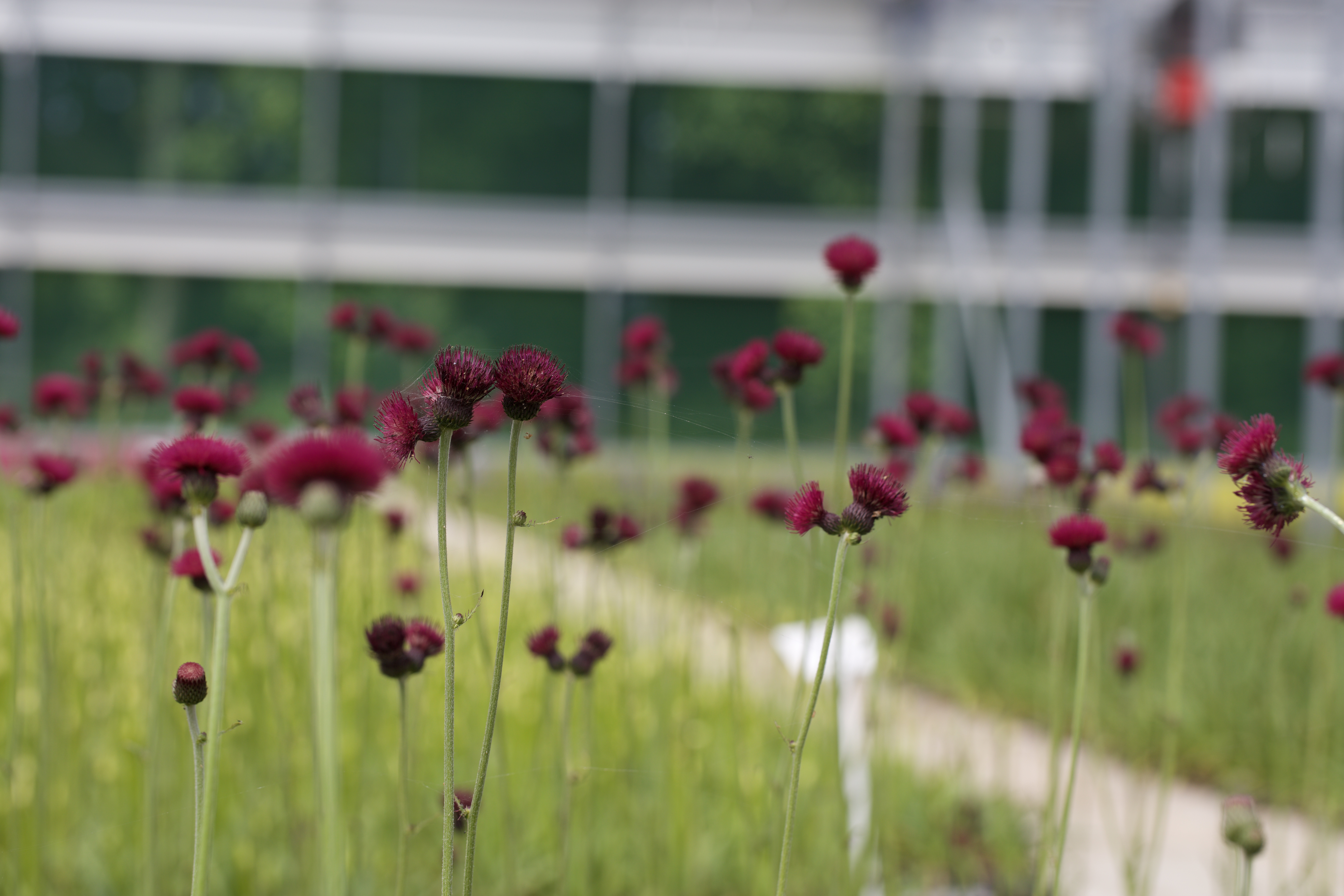Are you looking to purchase a Polytunnel?
If you are, then there are a few aspects you should consider, the quality of the parts, the strength of the structure, the size you’re after and of course the price.
A polytunnel can be a cheap spur-of-the-moment purchase for some or a considerable investment for others but either way, it’s one that can reward you with fruit and veg and flowers for many years to come, if it’s a well-made structure.
These are the 5 main aspects most people consider when they buy a polytunnel;
1 – Sizes
2 – Hoops
3 – Foundations
4 – Securing Your Polythene in Place
5 – Polythene
1 – Sizes
Our polytunnels range from 8ft wide x 10ft long to 16ft wide x 60ft long. Therefore, you can configure a Northern Polytunnel to fit any size of garden or allotment.
2 – Hoops
These are the backbone of your tunnel, the parts that will be holding the polytunnel in place as well as keeping the polythene secure up over your produce, come wind, rain, snow and shine.
Northern Polytunnels Hoops have a diameter of 32mm as standard, across our 3 ranges of polytunnels. Or, if you require stronger, our Highlander Super Strength Polytunnel hoops have a diameter of 50mm
The rule of thumb with polytunnel hoops is – the closer the hoops are together, the stronger the structure and the less chance of any damage during UK-named storms. If you plan to place your polytunnel in a sheltered area, 6ft spacing will be fine. For an exposed area, we’d advise 5ft hoop spacing.

3 – Foundations
Making sure your polytunnel is securely fixed to the ground is paramount for a secure and safe polytunnel.
Depending on the ground your polytunnel is sitting on, here are the options:

Screw Anchor
Suitable with most soil types, especially clay soils., like a corkscrew, the screw anchor simply screws into the ground.
– Not suitable for previously disturbed ground or ground with lots of rocks.
– Not available with the Highlander Super Strength
Anchor Plate
The foundation tubes have a metal plate fastened at the base which sits in the ground. For these, you will need to dig a hole (35cm square x 50cm deep) for each tube. You then backfill the holes with the earth. These are suitable when screw anchors can’t be used (e.g stoney ground) and where concreting isn’t an option.
Base Plate
If you’re building on a concrete slab, this is the foundation you need, drill into the concrete and secure it with the included Anchor Bolts
Standard Concrete (traditional concreting method)
The recognised method when using traditional foundation tubes is to dig a hole (35cm square x 50cm deep) and set the foundation tubes in concrete. Considered to be one of the most secure methods.
4 – Polythene
The two main choices are Clear or Diffused Polythene.
Benefits of clear polythene:

- Improves the quantity of light to encourage photosynthesis.
- Encourages early crop yields and crop strength.
- Increases daytime temperatures.
- 5-year incremental guarantee, although a 12-14 year lifespan is not uncommon.
Benefits of diffused polythene:

- Reduces the stressful effect of direct sunlight on plants.
- Reduces the risk of leaf burn and crop deformation.
- Encourages a more uniform ripening and colouring of the fruit as less shadowing is cast.
- Note: designed for use in very luminescent areas of the UK.
- 5-year incremental guarantee, although a 12-14 year lifespan is not uncommon.
5 – Securing your polythene in place
Now, will your polytunnel be trenched or would you rather have base rails?
Trenched In – This term relates to digging a 1.5ft – 2ft deep trench around the edge of your polytunnel and frame and then burying the polythene into the trench to secure the polythene in place.

Wooden Base Rails – Instead of digging a trench, you can attach the polythene to the wooden base rail of the polytunnel by using wooden batons (creating an S lock)

Aluminium Base Rails – These offer a quicker and more secure method of securing the polythene into the aluminium base rail via our poly lock wiggle wire system.

Base Rails
You may be asking what’s the difference between wood and aluminium base rails?
Simply put – Wood will rot, how quickly and how bad depends on how good the drainage is within your growing space. Aluminium costs slightly more but will last a lifetime.
Visit our full range of hobby polytunnels here






